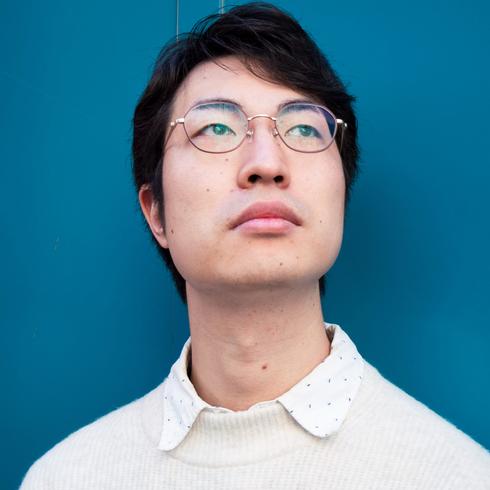
" Dé-monologue - Cinq poèmes de Ghérasim Luca "
For Soprano, flute, ensemble of 18 musicians and electronics (2022)
- Nominated for : The Musical Springboard 2023
Dé-monologue is a cycle of five pieces based on poems by Ghérasim Luca (1913-1994).
Enigmatic and tragic, this Romanian poet abandoned his real name, his native country and his mother tongue to write almost exclusively in French. At the age of 80, he committed suicide in the Seine, leaving these few words behind: “Since there is no longer any place for poets in this world”.
De-monologue, can mean either a decomposed monologue or a demonologist (that is to say one who studies demons); it is in this semantic ambiguity that my piece is located. This portmanteau word is central in Luca’s work. It embodies a profusion of disordered, jostling thoughts, a schizophrenic state which gives rise to dissociative identity disorder. My piece can be understood as a virtual individual, torn into five sub-personalities. Independent of each other, they weave fragile relationships between them through words, syllables or phonemes.
Often characterized by stuttering and phonetic slips, Luca's poems explore a form of primordiality of orality located at the origin of language. To do this, he abandons all discursive and semantic coherence.
In the electronic part of my piece, I used recordings of his voice and gave him the role of an invisible soloist who dialogues with the two soloists present on stage, namely the soprano and the flautist. This interaction between “visible” and “invisible” soloists refers once again to this misleading and fluctuating identity which has characterized my work for several years.
Masahiro Aogaki

